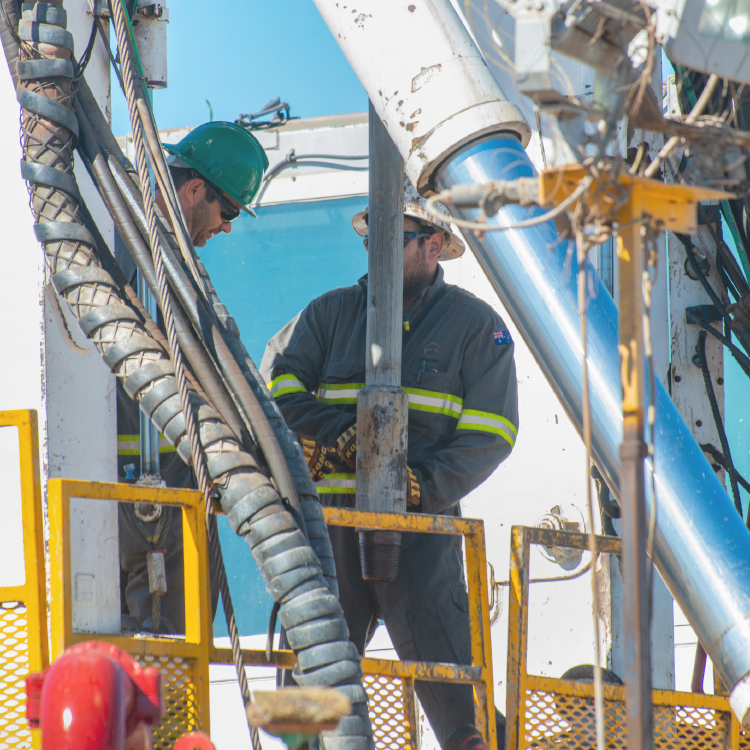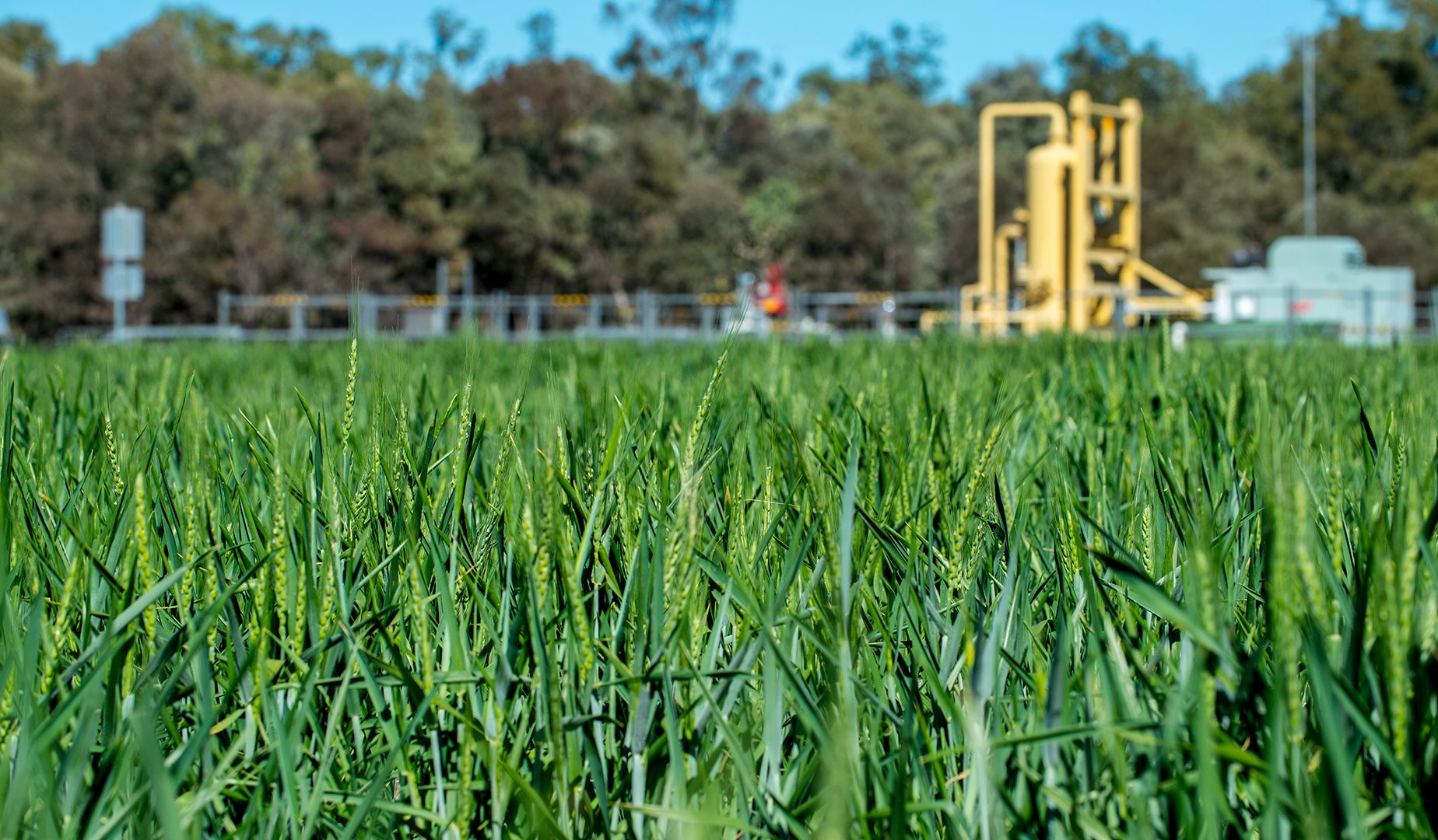DID YOU KNOW?
What does 'Shared Landscapes' represent?
The agricultural and resources sectors are two of the many contributors to the prosperity of Queensland’s rural and regional communities and the State as a whole.
The concept of the Shared Landscapes – Industry Trends was born in part from the Commission’s statutory function to obtain and publish information that can assist landholders and regional communities to increase their knowledge and understanding of Queensland’s onshore gas industry.
The information is underpinned by facts and data obtained from government agencies, the petroleum and gas industry and industry representative bodies to provide accurate and meaningful information to stakeholders in regional communities, rural landholders and other interested groups.
Huge amounts of data are generated by the gas industry, government and other organisations. This data and information holds significant value to the broader community and improves their understanding of the gas sector and an understanding of, and confidence in, the regulatory framework. Data is collected and held by governments and industry, however very little is made publicly available or easily accessible to the broader community leading to an information imbalance. This imbalance between the gas industry and individual landholders can hinder community confidence. The purpose of this report is in part to address the information imbalance.
The data demonstrates how important the joint economic contribution of the agriculture sector and gas industry is for the entire Queensland economy.
While there are many different factors that relate to the prosperity of regional communities, the focus is the interrelationship between the agricultural and resources sectors.

Queensland’s onshore gas industry

The onshore gas industry has been a part of Queensland’s landscape since the first natural gas field was discovered by accident in Roma in 1900.
Gas is a critical contributor and creator of direct jobs, not only boosting Queensland’s economy, but the positive flow-on effects are evident in the indirect jobs it enables downstream in the energy and manufacturing sectors.
Australia’s manufacturing sector needs gas to operate and that’s why it’s so important there is a guarantee that they have a ready gas supply.
Similarly, gas is also needed as a vital energy source for power generation as well as for household use, primarily in cooking and heating (particularly in the colder southern states).
Today, a large portion of landholder and community concerns center around CSG activities in high-value agricultural areas which are predominantly crop farming operations.
By improving management of surface impact in these high value areas, the gas industry has undoubtedly delivered benefits to the communities that host gas activity as well as the State of Queensland as a whole. These benefits include the opportunity for economic diversity in Local Government Areas (LGAs), direct contributions from gas companies to local sporting and community groups, procurement of goods and services in regional areas and the payment of royalties to the Queensland Government.
Gas production – both domestically and for export – will continue to be an essential part of Queensland’s economy for the foreseeable future, and sound coexistence practices with rural and regional communities will be key to its delivery.
GasFields Commission Queensland
GasFields Commission Queensland is an independent statutory body established by the Queensland Government in 2012 to manage and improve the sustainable coexistence of landholders, regional communities, and Queensland’s onshore gas industry.
The Commission provides a range of support to landholders and regional communities, primarily through education and engagement activities.
It plays a key role in delivering information to landholders to help them understand their rights as they relate to gas development, along with advising government and other key stakeholders on issues of concern and opportunities.
The Commission also works to provide transparency and independent assurances that the onshore gas industry is being appropriately regulated and held to account when needed.
Find out more
For additional information, insights and data, please download a PDF.
📄
Download topic PDF
Introduction and overview
📑
Download full report PDF
Shared Landscapes – Industry Trends
